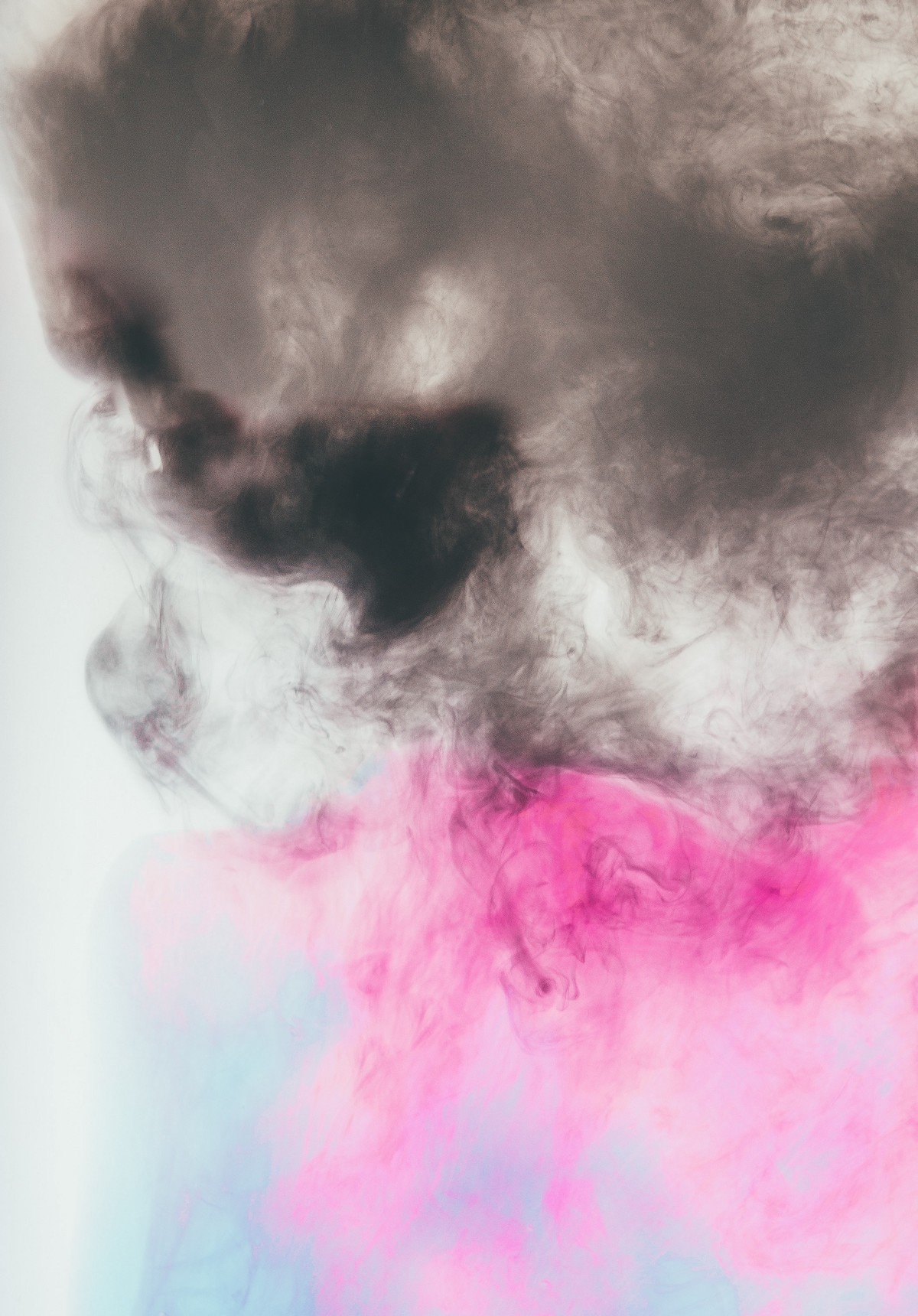Learn about brain health and nootropics to boost brain function
How to Overcome Your Brain’s Negativity Bias

You need a lot of positive to balance out the negative. It’s a fact.
Imagine you went on a beautiful Mediterranean cruise for two weeks. You bathed in the Greek sunset, ate the heavenly tasty Italian food, danced on the Spanish beaches, drank yourself to sleep with Portuguese wine.
In a misfortune, sometime during this trip, your phone gets stolen, or you get sick for a couple of days.
What do you think you’ll remember most from this trip once you’re back home? The sunset, food, music, and wine? Or the unfortunate accident?
Most people will remember getting sick or having their belongings stolen because negative experiences affect them much more than positive ones. This is known as “negativity bias”.
Even when we are presented with occurrences of equal intensity, things of a negative nature will stick with us longer and will affect our psychology, behavior, and cognition to a greater extent. 5 facts about your brain’s ‘Negativity Bias’
Which one came first: The chicken or the egg?
I have another one: Which one came first: Gloomy news coverage or our pessimistic tendency?
Are we more negative because of what is reported to us? Or is our negativity as consumeristic behavior attracting bad news?
This bias is probably part of a survival extinct to dodge harm and danger. The brain evolved in a way that would recognize the threat to avoid it better.
Here is what scientists have uncovered about this phenomenon.
1. The brain reacts stronger to negative stimuli
Your brain is built — or develops and adapts — to be more sensitive to negative stimuli. The bias is so automatic that it has become an unconscious mechanism.
Early research dating back to 1998 recorded event-related brain potentials (ERPs) from participants viewing positive, negative, and neutral pictures. ERPs are measures of electrical brain responses resulting from a specific event¹.
The results revealed that the brain’s activity is more reactive and engaged when adverse events are presented.
2. The ratio is 5:1
According to relationship researcher John Gottman, who ran his experiments in the 1970s, the magic ratio is 5 to 1: “5 positive events to balance out 1 negative event”.
This means that for every negative interaction between partners, there must be five positive interactions. His predictions turned out to be right 90% of the time. Other researchers have found that this isn’t just true for couples, but can be applied to relationship equilibrium in general².
3. Negativity has the upper hand in impression-formation
This bias is also evident in adults’ judgment and decision-making.
We consistently weight the negative aspects of a situation more heavily than the positive ones. This is especially true during impression-formation or social judgment of a person.
In this case, negative information weighs more heavily when people are asked to form an evaluation of another individual: the traits are neither “averaged” nor “summed”, and the disadvantageous traits disproportionately impact the final impression.
Older adults weigh negative traits more than young adults do in social judgment. They’re also more willing to change a positive impression to a negative one rather than the other way around³.
The evidence also suggests that even forming impressions of ourselves is surprisingly biased and shaped by trait differences in self-esteem and social anxiety.
4. Negativity is emotionally more intense
The Amygdala is a brain area involved in the experience of emotions. It’s the “alarm bell of the brain.”Although the Amygdala is sensitive to both positive and negative stimuli, the relative changes in activity by the same intensity is more considerable in response to adverse stimuli⁴. The Amygdala will use 2/3 of its neurons in reaction to bad news. This seems to be a neurological encoding of the negativity bias. Other cognitive aspects that seem to be asymmetric include attention and memory. Indeed, harmful events and emotions are transferred to long-term memory much faster than any positive emotion.5. It starts earlier than we think All of this is great, but one question remains: Is our negativity bias innate? Or does it develop with age?Do infants and children display a negativity bias in the emotional realm?Babies learn by using emotional information they receive from their environment and their caregivers. Many of our everyday emotional responses are contagious, learned, and adapted.The research around this question is a little scattered all over the place. The consensus is that negativity bias starts developing the second half of a baby’s first year, so around months 6 or 7 of our lives⁵.Prior to that, scientists are positive that infants tend to show greater attention to positive facial expressions and tone of voice.